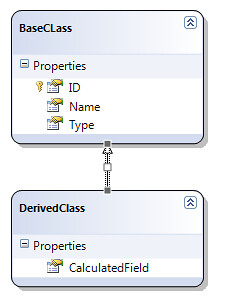In his first book, "Altered Carbon", Richard Morgan sets up a universe in which human consciousness has been digitized, and can be transported over inter-planetary distances, re-sleeved (placed into another human body), and backed up. Broken Angels follows the main character Takeshi Kovacs, into another "Subjective" life on another colonized planet.
The exploration of the digitized consciousness concept is great. I particularly love the graphic description of the "Soul Market". He also does reasonable job of describing the not so subtle links between greedy corporations and wars, but I feel he could have gone further. This time Aliens make an appearance (although long extinct), and there are some interesting explorations of the academic attempts to explore alien culture, and the parallels with our attempts to understand ancient earth cultures is fairly obvious.
The development of some of the characters was good enough to understand their motives, but still allowed for some surprises in the end. Other characters I feel weren't really developed as well as they should have been.
I feel that the books main problems revolve around the central character Kovacs. At times it can feel very much a "One man takes on the world", "Alpha Male" stereotype. I think this was also the first books main problem as well. It also uses the created universe of digitized consciousness and technological advances to allow for more graphic violence, but I think that is an acceptable exploration of the ideas the universe is based on.
As with the first book, the general outlook is bleak, basically accepting that technology will never be a panacea for human ills, but it does leave the reader with the slightest glimmer of hope at least for some of the characters you have met along the way.
I will definitely be reading the third in the series.





